Understanding Inflation and Deflation in ICP's Tokenomics
Is ICP inflationary or deflationary? That depends, and it's currently a topic of hot debate.
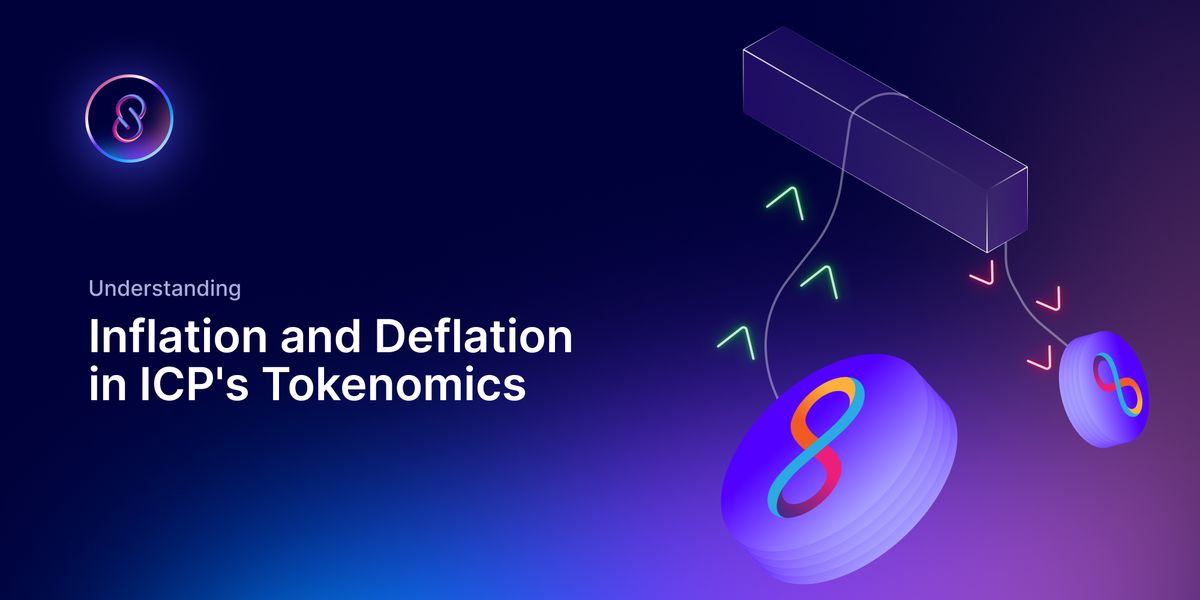
During the first few months after the Internet Computer's Genesis Launch, it was not uncommon to see tweets and DSCVR posts about guaranteed, fixed passive income from staking ICP. Though well-intentioned, many early Internet Computer adopters inadvertently created widespread misunderstandings about how inflation and deflation factors into ICP's tokenomics.
Here at Infinity Swap, we'd like to set the record straight. After all, people are not only interested in ICP because of the dream of a decentralized Web3 — they also want to make money, and that requires making good decisions based on good information.
Introduction to ICP Tokenomics
In brief, ICP has two inflationary mechanisms and two deflationary mechanisms. Inflation is achieved via (1) governance rewards, which grant neuron maturity to investors who vote on network proposals that can be used to mint new ICP, and via (2) node rewards, which immediately mint new ICP to pay network infrastructure providers. Meanwhile, deflation is achieved by (1) converting ICP into cycles to burn to run software canisters, and by (2) the act of staking ICP, which can take coins out of circulation for many years.
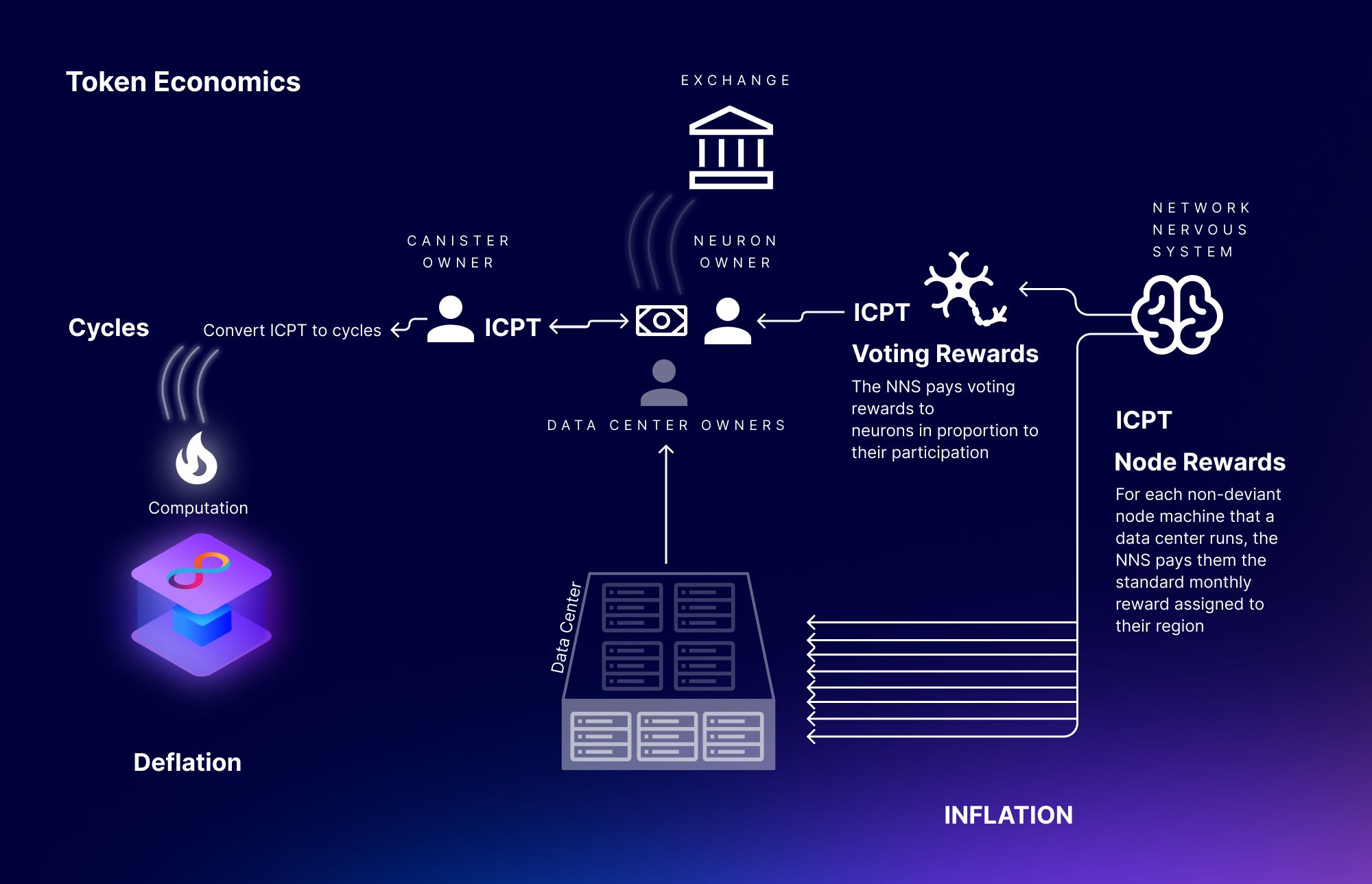
ICP Inflation
Let's focus on inflation first. Governance rewards are calculated based on a descending curve that's applied to total ICP supply, then distributed proportionately with each network proposal across all voting neurons based on proposal type, principal amount, age, and dissolve delay (that is, the amount of time until the ICP staked inside a neuron can be distributed and, for example, exchanged for USD on Coinbase). It's a complicated formula, but you can always check the current estimated annualized governance rewards rate on the Internet Computer Dashboard.
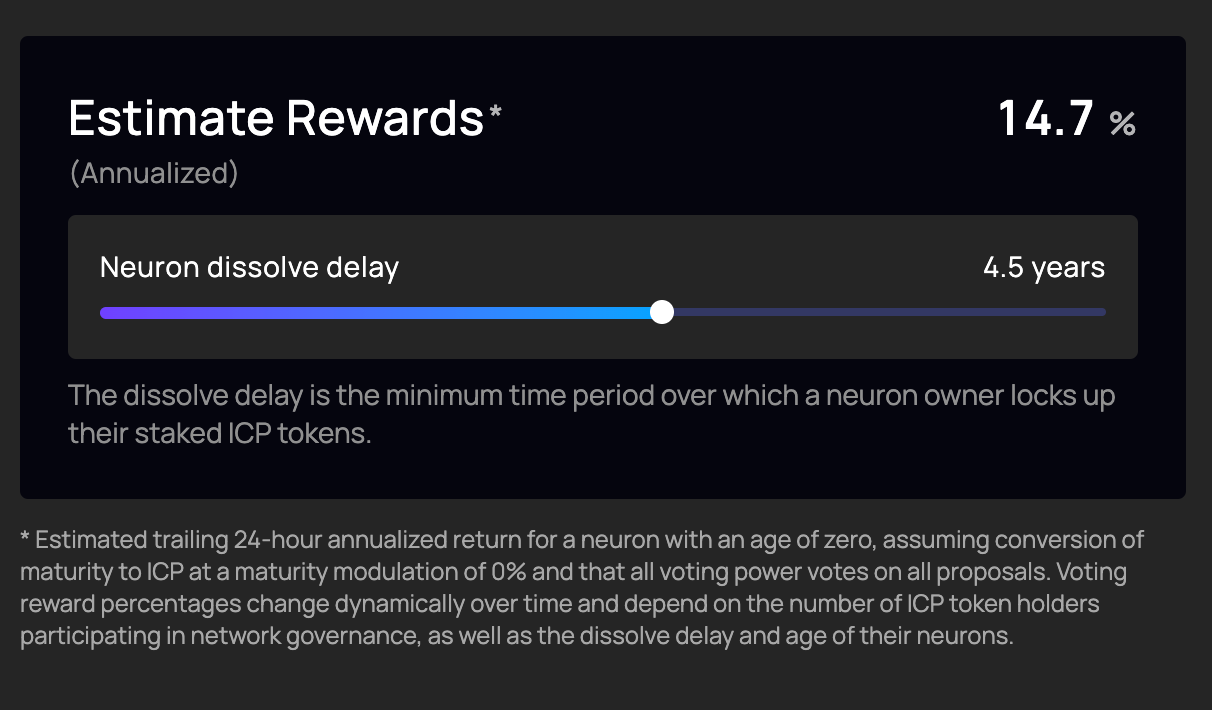
Node rewards are much more straightforward. Rewards are determined for each individual node controlled by a node provider. This determination only depends on the location of the node (to compensate for geographic hosting price differences) and the node's hardware and other specifications.
Rewards are technically specified in XDR or special drawing rights, which are supplementary foreign exchange reserve assets defined and maintained by the International Monetary Fund (IMF). However, XDR rewards are converted into ICP based on the average exchange rate over the last 30 days before payout.
ICP Deflation
Deflation is a bit trickier to understand than inflation. First, you need to have a basic understanding of the Internet Computer's software modules, called canisters. In brief, it takes processing power and other resources to run computations on canisters.
The way the Internet Computer compensates for this expense is by making canister owners burn ICP tokens to effectively purchase cycles. Cycles are not a currency; instead, cycles represent the real world cost of operating the network. Canister owners load their canisters with cycles to pay a toll to the network in exchange for being hosted.
Once ICP gets converted into cycles, it's gone. Once cycles are spent to run canisters, they're gone. In theory, over time, this deflation mechanism will increase the price of ICP by decreasing supply, assuming, of course, that demand remains constant or increases.
There is also a second kind of deflation mechanism on the Internet Computer that's concealed within the inflationary governance rewards mechanism: staking. In order to vote on network nervous system (NNS) proposals to determine Internet Computer policy and shape the network as it develops, people have to set aside a certain amount of ICP to lock inside what's called a neuron for at least six months.
The longer the lock period and the greater the neuron's age, the more weight gets assigned to the neuron owner's votes. ICP that's locked inside neurons can't be used for trading or obtaining cycles. Thus, the same mechanism that produces governance rewards in the form of neuron maturity can, under the right circumstances, have a net deflationary impact by reducing the amount of ICP in circulation.
Conclusion: Is ICP Inflationary or Deflationary?
So, is ICP inflationary or deflationary? Which mechanisms will ultimately dominate the others? That depends, and it's currently a topic of hot debate. In the end, however, it may not matter. For example, most fiat currencies, including USD, are intentionally inflationary to keep up with economic changes and wealth creation.
As long as the Internet Computer's network expands at a sufficient rate, the value of ICP will outpace inflationary mechanisms. Whatever happens, thanks to the democratic governance function of the NNS, the Internet Computer will be able to adapt ICP tokenomics to best meet community needs.
Connect with InfinitySwap
Twitter | Website | Telegram | Discord | Github

*Disclaimer: While every effort is made on this website to provide accurate information, any opinions expressed or information disseminated do not necessarily reflect the views of InfinitySwap itself.


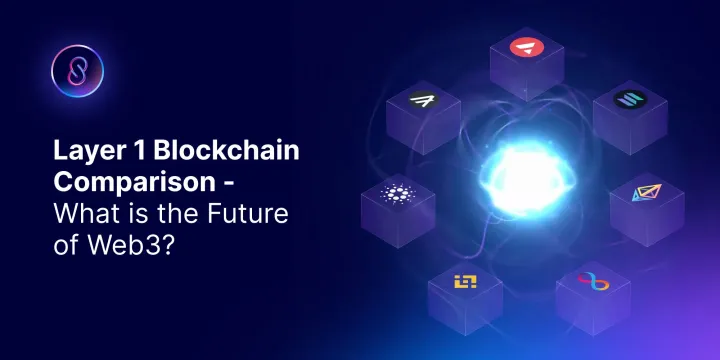

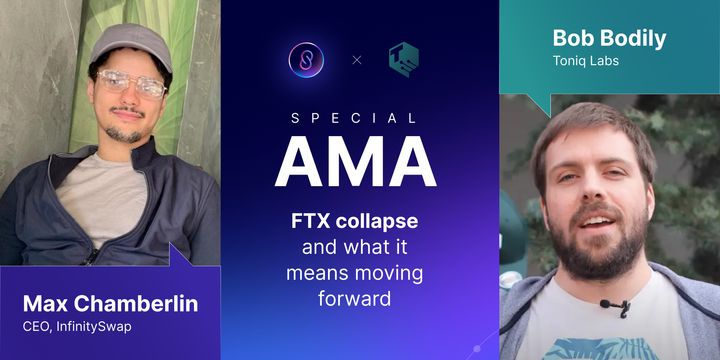
Comments ()